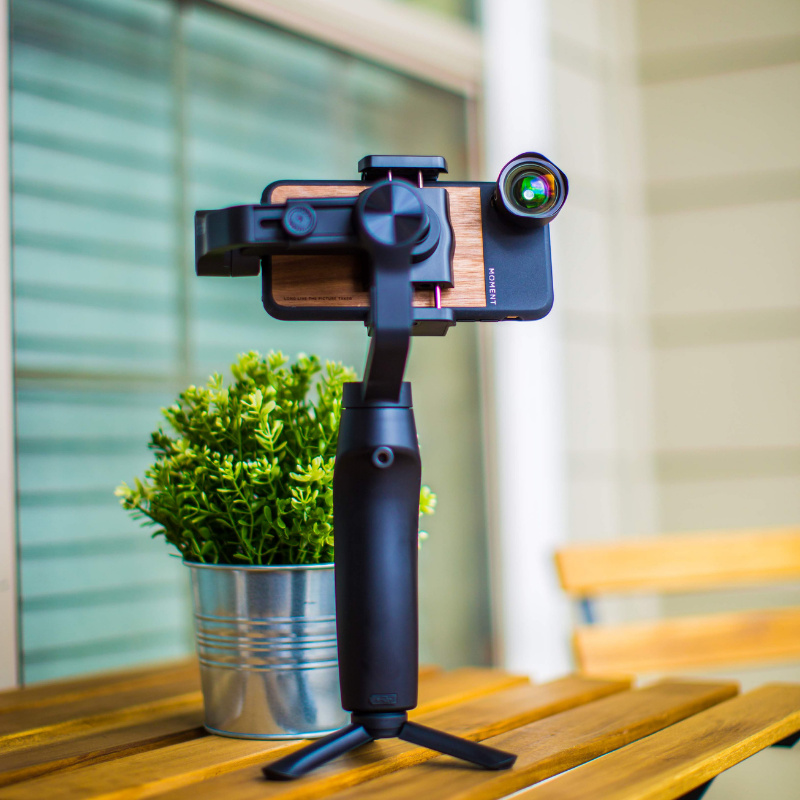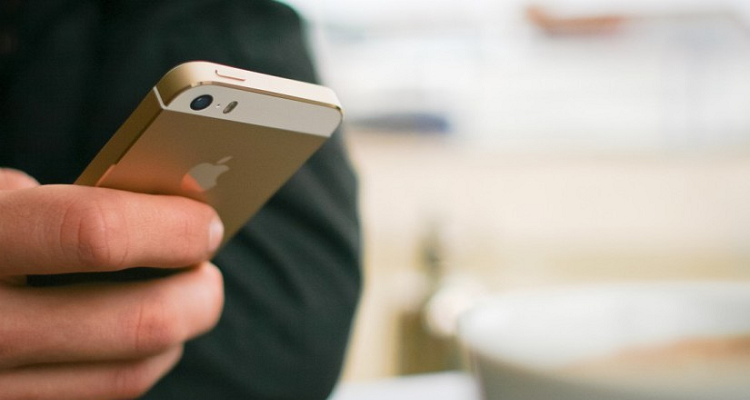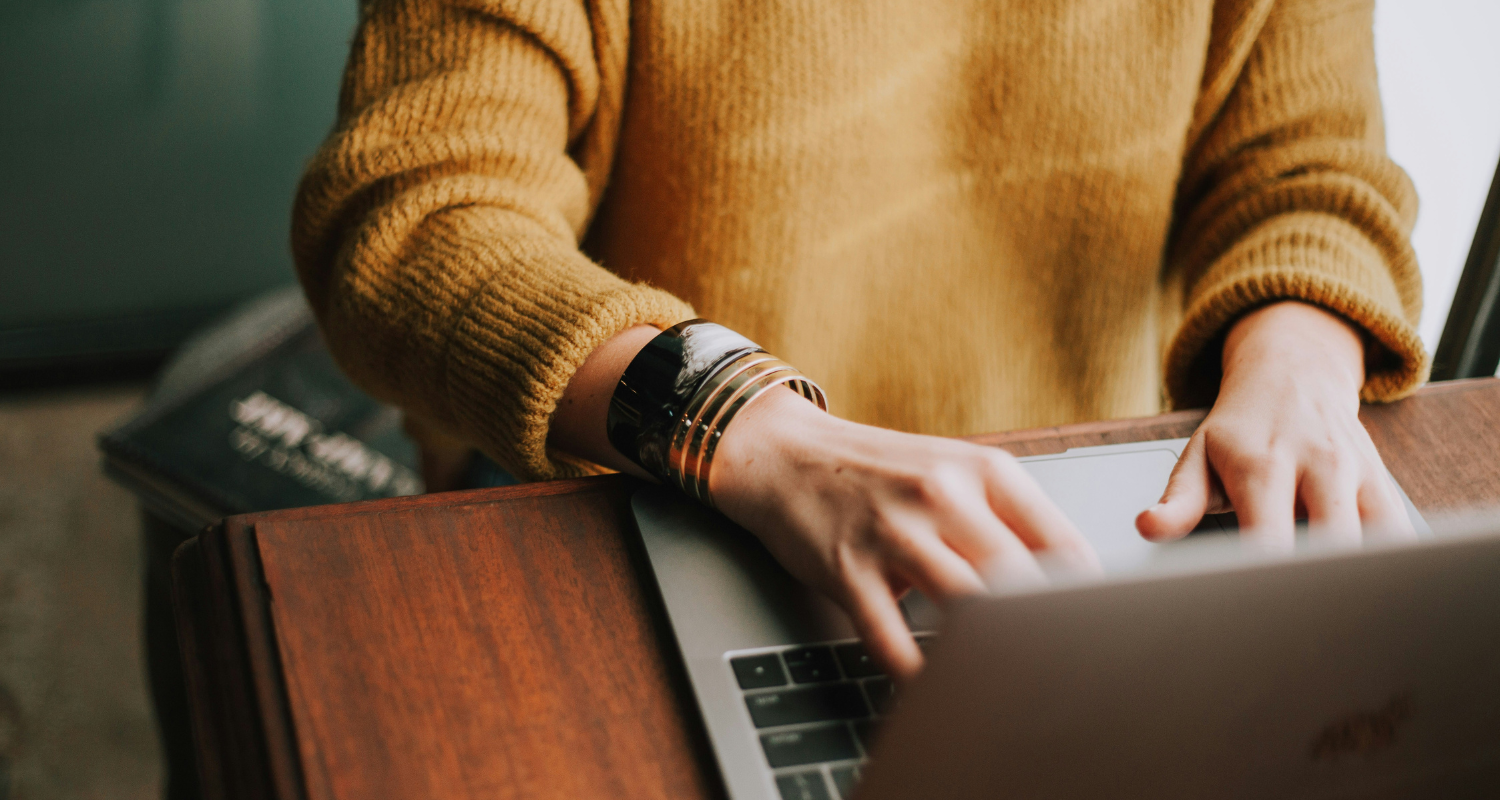Don’t let anyone tell you that you need the latest fancy DSLR to create great product images!
I can’t deny that a high-end camera takes great photographs and I wouldn’t recommend taking product photos on a disposable Kodak. But these days, most smartphones have pretty decent cameras that can actually take great product images.
(Although I wouldn’t advise you to rely on an iPhone camera to launch your career as a professional photographer…)
Here are some tips for taking awesome product photos with your smartphone.
1. Don’t zoom
Don’t digitally zoom in on the product — manually shoot from a closer distance. Smartphone cameras don’t focus well when you use the zoom function, and you don’t have the ability to manually adjust the focus. The quality of the image deteriorates the more you zoom in.
2. Steady your camera
Camera shake is pretty common. You might have really steady hands, but nothing beats using a tripod (or a makeshift tripod like a pile of books).
Blurry photos resulting from a shaky camera are pretty common when you shoot in sub-optimal lighting conditions. Because camera/phone screens are so small, you might go to the effort of taking product photos with your smartphone only to realise the images are blurry once seeing them on your computer. Aaaaand then you have to start over or upload a blurry product image.
Place your phone on a stable surface and your photos will come out much sharper.

3. Don’t use the selfie-camera
We’re all guilty of taking the occasional #shamelessselfie. But don’t use the selfie camera for product images. More often than not, the backward-facing camera is better than the front-facing camera.
Jewelry or makeup store owners should take note, unless you like to awkwardly pose with your homeware collection (and if that’s the case I suggest you rethink your strategy…). Use a mirror or ask someone else to take the photo for you, because you want to get the framing right. Unless you’re a pro at the old-fashioned ‘blind selfie’, you’re highly unlikely to get the product in the centre of the frame.
4. Don’t use the flash
A phone camera is obviously much more feature-limited than a digital camera, so compensate for its limitations with the best lighting conditions possible.
Don’t use the flash on your phone! If you’ve ever tried to Instagram your meal at a dark restaurant, you’ll know that even a gourmet dish looks terrible (and often doesn’t resemble anything edible) when you use a smartphone flash. It’s the equivalent of blinding your product with hazard lights. Don’t do it!
Your light sources don’t have to be overly complicated; why not use desk lamps? A spotlight lights up your product but using a single light can create harsh shadows and hide certain product features, so you’re better off using a second light source that hits the product from a different angle. This will minimise shadows and make the product look a bit more three-dimensional from the more delicate shadows that are produced.
5. Background matters!
It’s important to have a simple background that doesn’t distract your viewer from or conflict with the product. (Amazon knows; its latest patent protects its special-sauce way of shooting against white backgrounds).
While you can always edit out the background on a computer, shooting the product itself in a clear space is important because smartphone lenses don’t have a wide aperture — which makes it harder to isolate subjects from the background.
6. Don’t crop the photo
Most smartphones don’t show you the dimensions as you crop, so be patient and crop your photo after you upload it to your computer. If you’re an eBay seller, eBay requires your photos to be at least 500px in length. Set your camera’s default to medium or high and you’ll definitely meet those requirements.
7. Don’t over-edit
Smartphones are definitely more advanced than DSLRs when it comes to editing your photos afterwards. But don’t try to jazz up your photo with fancy borders, then leave all your product details for the item description.
Use photo-editing apps to make minor image adjustments, such as tweaking the exposure, contrast, sharpness and brightness. Use only the bare minimum because you want to represent the product as accurately as possible. The more you edit, the more you decrease the quality of the photo. Stay away from tacky filters or excessive contrasting.
8. Invest in a macro lens
If you’re not ready to invest in a fancy camera, you can always upgrade your smartphone camera by purchasing some extra camera accessories. Fish-eye lenses, zoom lenses and macro lenses are already available in clip-on fashion for almost any smartphone. Have a look at these awesome photos from the olloclip macro lens gallery — they’re pretty cool!
Get out there and take some awesome product photos with your smartphone
I hope these tips helped you take better and sharper photos with your smartphone! Now you can take excellent photos without spending big on a fancy camera — and sell more with the great images you take.








